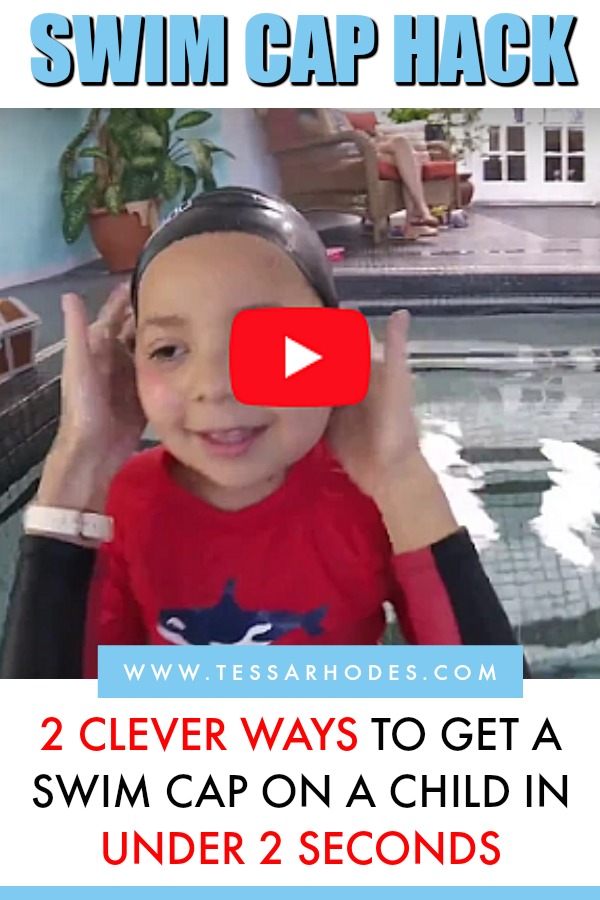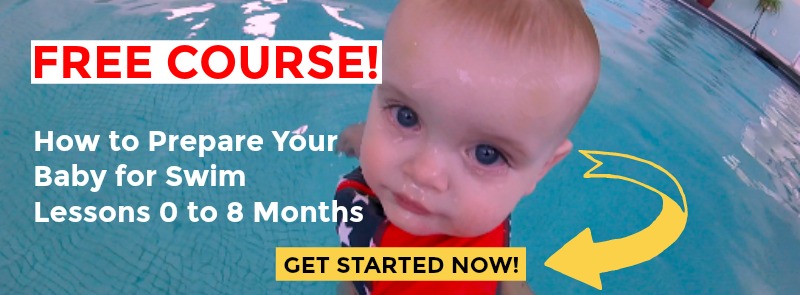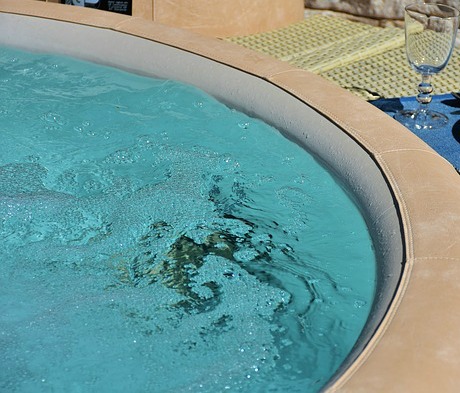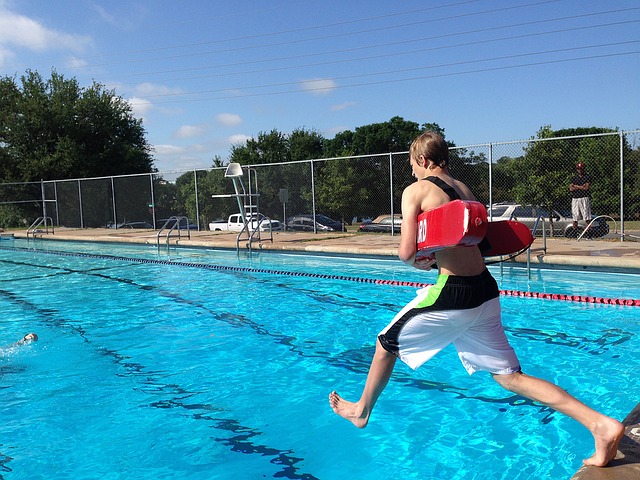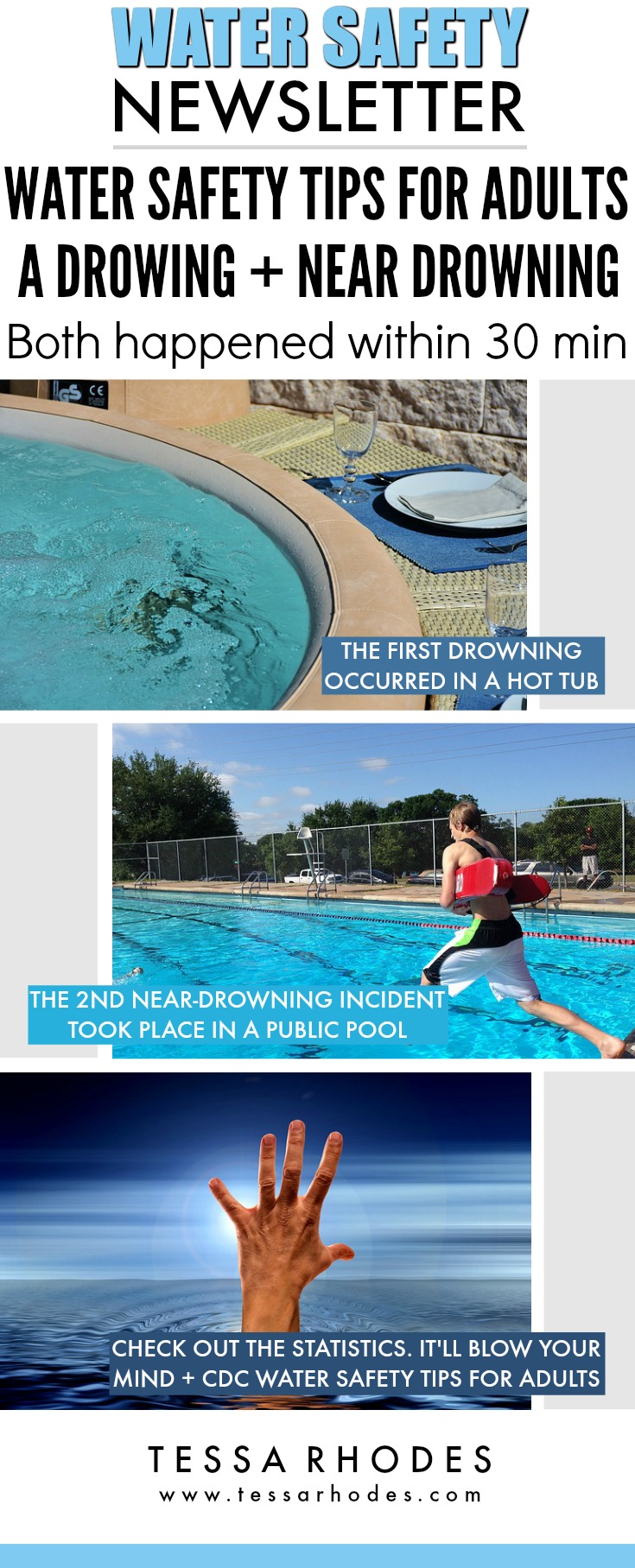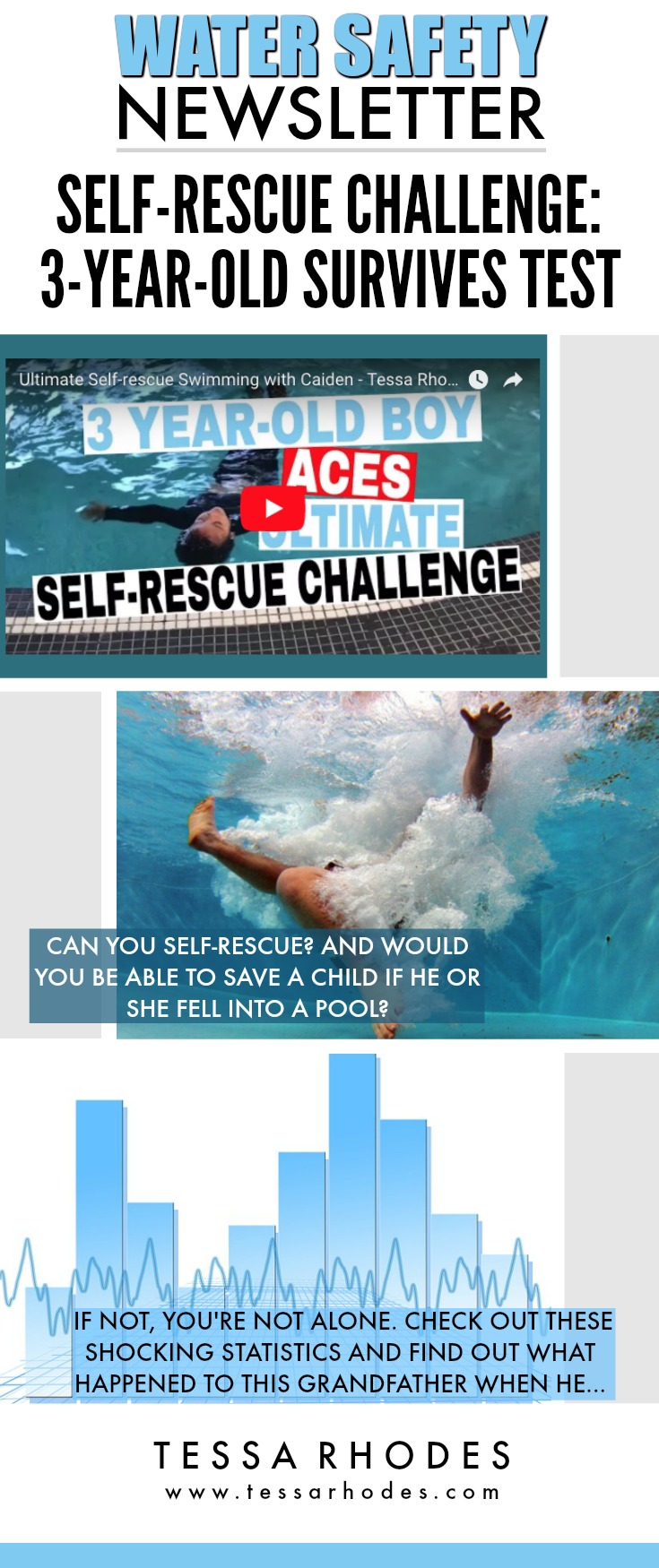Have you ever tried to get a swim cap on a child? Not so easy, is it? My video will show you how to do it in about 2 seconds.
Want to know how to get that cap on in a nanosecond? My video will show you how to do that too.
“It’s a must-see! Action-packed from beginning to end! The cinematography and editing are superb!”
– The Swimmywood Reporter
I now present to you how to get a swim cap on a child in under 2 seconds.
Today’s Water Safety Tips
- Never swim alone and especially don’t let your child swim alone.
- And always stay within arms reach of your child when swimming.
The other day, I was swimming laps. Alone. I know, I admit it, I don’t practice what I preach. It’s just not practical to have my husband sit there and watch me, to make sure I’m okay.
So there I am swimming laps. Feeling good, getting some exercise when suddenly I inhaled a tiny little bit of water. This happened smack in the middle of the deep end. I couldn’t stop coughing. It was uncontrollable. I struggled to get to the wall. It wasn’t easy.
I knew I was going to make it but wow! That was a whole lot harder than I ever could have imagined.
I always tell my students to float on their backs whenever they need to breathe or rest.
In my case, back floating or even swimming on my back wasn’t an option. The coughing was so out of control that it would’ve been impossible to maintain a supine position.
After I recovered from my near-drowning experience. Kidding. I thought about how impossible it would’ve been for a child to make it to the wall.
A child would not have been able to make it. Drowning is silent and the struggle to remain on the surface of the water will only last from 20 to 60 seconds before submersion occurs.
It will go unnoticed if no one is actively watching.
To avoid the unspeakable from happening, learn the CIRCLE OF DROWNING PREVENTION.
The complete CIRCLE OF DROWNING PREVENTION presented by the American Red Cross:
LINKS IN THE CIRCLE
- First of all, provide close and constant attention to children you are supervising in or near water.
- And fence pools and spas with adequate barriers, including four-sided fencing.
- Also, learn swimming and water safety survival skills.
- In addition, children, inexperienced swimmers, and boaters should wear U.S. Coast Guard-approved life jackets.
- Finally, always swim in a lifeguarded area.
If you have any thoughts on the subject or experiences that you would like to share, I would love to hear from you.
Love the water but fence it in, so
Tessa Swim cap on a child
P.S. Get the FREE water safety app to help ensure your family stays safe in, on and around the water. It includes kid-friendly videos and quizzes. Search the iTunes app store for Swim by American Red Cross or click here. For Google Play you can use the same search parameters or click here. It provides the latest in water safety guidance to help ensure your family stays safe in, on and around the water.
P.P.S. To start your child on the path to becoming water safe, click here.

